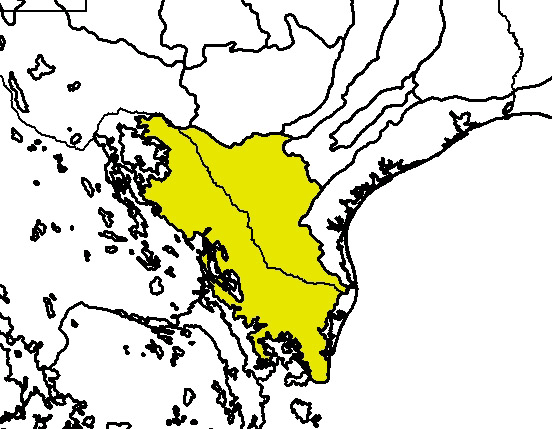Bioimages home (click on an image to enlarge)
view
this page in its intended navigation context
Tamaulipan mezquital (WWF
ecoregion NA0312)
![]()

Source of bioregions data:
Olson, D. M. and
E. Dinerstein. The Global 200: Priority ecoregions for global conservation. (PDF
file) Annals of the Missouri Botanical Garden 89:125-126.
Distinctiveness (1=highest,4=lowest): 2
(regionally outstanding)
This region has a rich diversity of tree species and several unique plant and
animal communities.*
Conservation Status (1=most endangered, 5=most
intact): 1 (critical)
Nearly all of this ecoregion has been converted to agriculture with only 2% of
the natural area intact and that area has been heavily altered by humans.*
 Prosopis
glandulosa
(honey mesquite)
Prosopis
glandulosa
(honey mesquite) Celtis
pallida (desert hackberry)
Celtis
pallida (desert hackberry) Opuntia
leptocaulis (tasajillo)
Opuntia
leptocaulis (tasajillo)* Ricketts, T.H., E. Dinerstein, D.M. Olson, C.J. Loucks, et al. (1999) Terrestrial Ecoregions of North America: A Conservation Assessment. World Wildlife Fund - United States and Canada. Island Press, Washington, D.C. pp. 258-260.
Except as noted, images copyright 2002-2004 Steve Baskauf - Terms of use